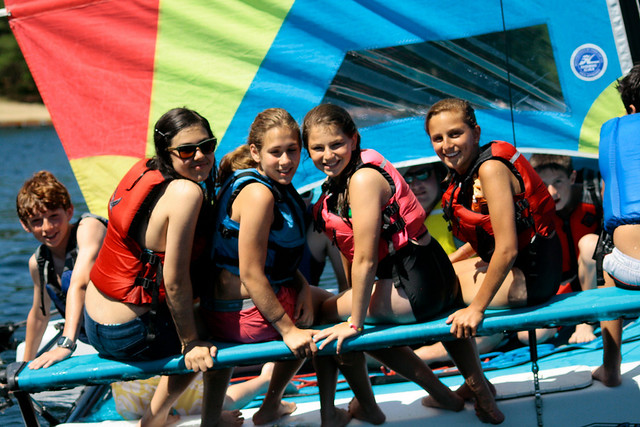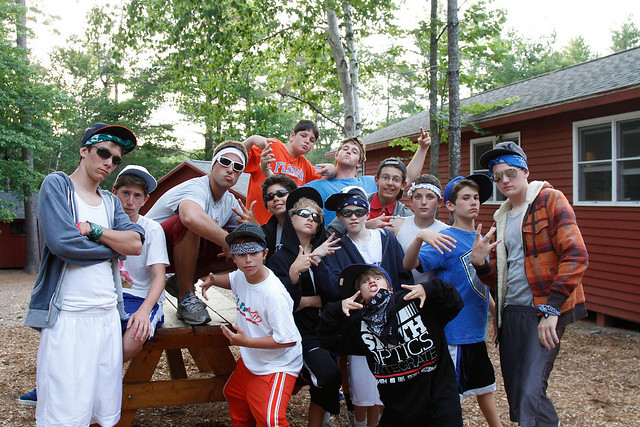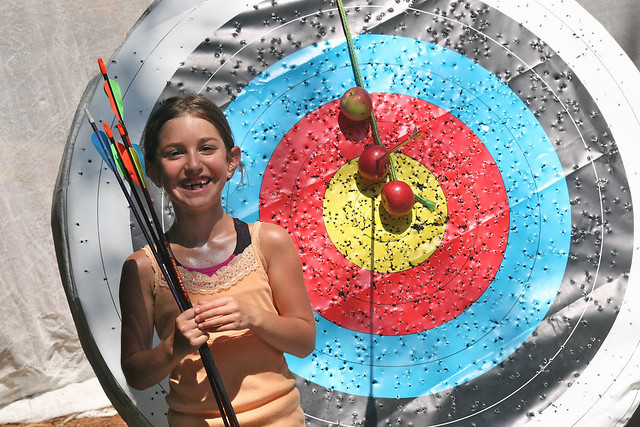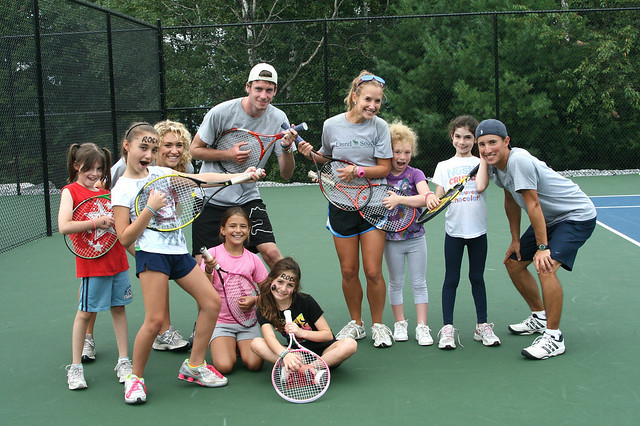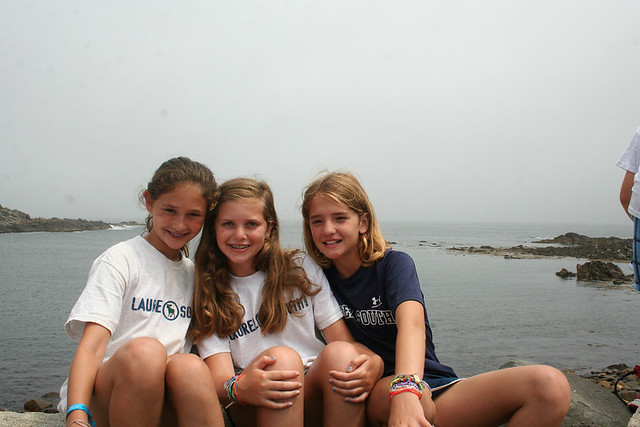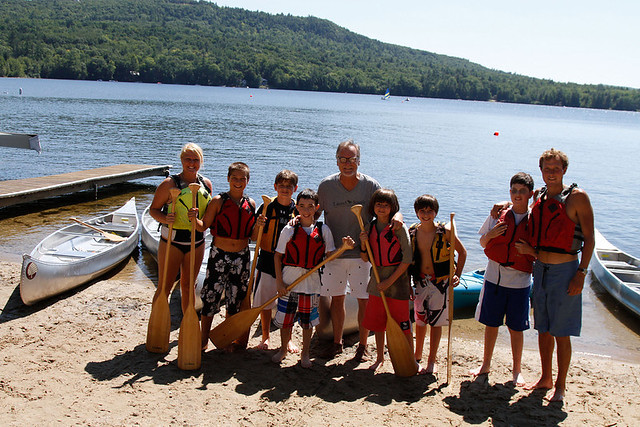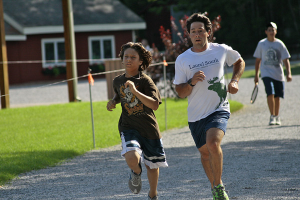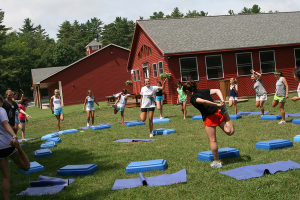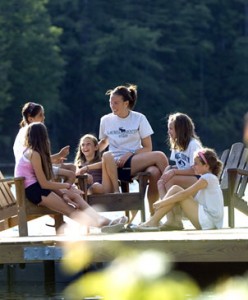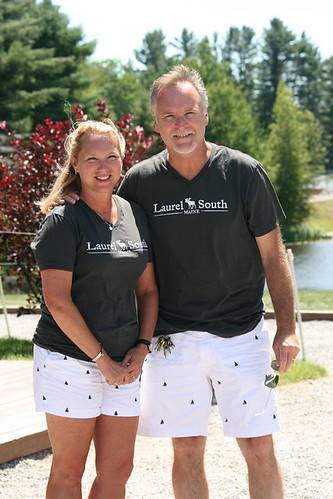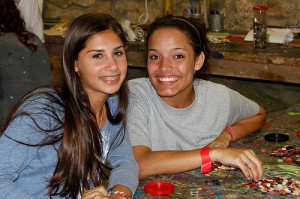 For older campers, one of the most profound and lasting advantages of camp is the opportunity they have to focus on being boys and girls. Many summer camps also strengthen the safety of the camp setting by offering exclusive programs that help teenage campers gain a better understanding about how to best grasp the transition from being girls to being women and from being boys to being men. Such programs provide non threatening forums for teenage girls and boys to address sensitive issues and topics as well as help them prepare for their later teen years as they near college and adulthood. These programs also have their own rites and traditions that serve as progress points for individuals as well as groups and as the basis for the point at which camp friends become a lifelong support network.
For older campers, one of the most profound and lasting advantages of camp is the opportunity they have to focus on being boys and girls. Many summer camps also strengthen the safety of the camp setting by offering exclusive programs that help teenage campers gain a better understanding about how to best grasp the transition from being girls to being women and from being boys to being men. Such programs provide non threatening forums for teenage girls and boys to address sensitive issues and topics as well as help them prepare for their later teen years as they near college and adulthood. These programs also have their own rites and traditions that serve as progress points for individuals as well as groups and as the basis for the point at which camp friends become a lifelong support network.
Many camps, even co-ed ones, also operate separate programs for boys and girls regardless of age. They have their respective sides 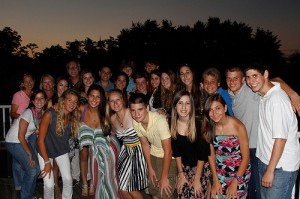 of camp, their respective program areas, and their respective activities. However, they come together for meals and many evening camp activities. Many believe this approach is a bit part of why children are afraid to relax and even be silly while at camp. Being with children of the same gender frees them of stereotypes that may be placed on them elsewhere. Spending exclusive time with other girls or boys creates a non threatening environment, particularly for adolescents and early teens already going through awkward changes as they begin to maneuver the sometimes tumultuous teen years. Girls can get down and dirty in an intense game of flag football and boys don’t feel the need to look over their shoulders while bouncing around in the camp’s gymnastics area or putting together some choreographed moves in the dance studio because it’s all just a part of camp.
of camp, their respective program areas, and their respective activities. However, they come together for meals and many evening camp activities. Many believe this approach is a bit part of why children are afraid to relax and even be silly while at camp. Being with children of the same gender frees them of stereotypes that may be placed on them elsewhere. Spending exclusive time with other girls or boys creates a non threatening environment, particularly for adolescents and early teens already going through awkward changes as they begin to maneuver the sometimes tumultuous teen years. Girls can get down and dirty in an intense game of flag football and boys don’t feel the need to look over their shoulders while bouncing around in the camp’s gymnastics area or putting together some choreographed moves in the dance studio because it’s all just a part of camp.


